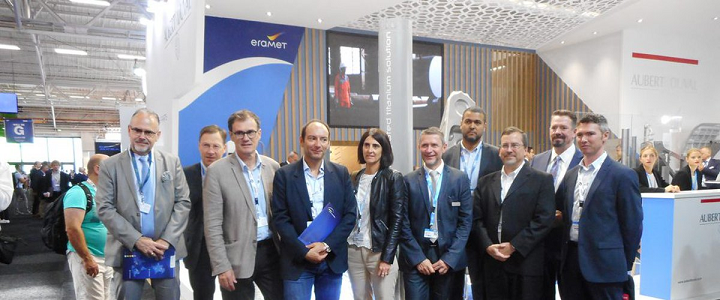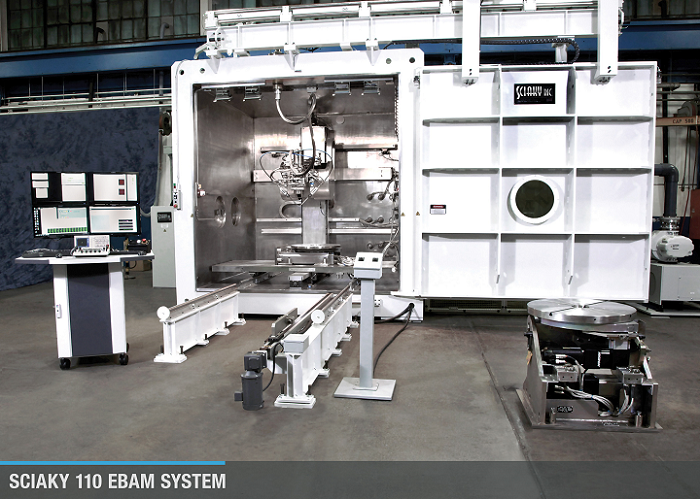 I can’t think of a single person who likes getting the automated reminder that it’s time to change their password, which includes the many instructions on what does and doesn’t make a good one – capital letters, numbers, spaces vs. no spaces, no repeats, etc. etc. But it’s a necessary evil if we want to keep our data safe, which is why many companies, and even apps, have made these reminders standard procedure. So why aren’t we doing the same when it comes to our 3D printed products?
I can’t think of a single person who likes getting the automated reminder that it’s time to change their password, which includes the many instructions on what does and doesn’t make a good one – capital letters, numbers, spaces vs. no spaces, no repeats, etc. etc. But it’s a necessary evil if we want to keep our data safe, which is why many companies, and even apps, have made these reminders standard procedure. So why aren’t we doing the same when it comes to our 3D printed products?
There are plenty of options to make our prints secure and easy to authenticate, such as QR codes, watermarks, serial numbers, RFID tags, and even holograms. But while marking parts is standard for some, it’s not mainstream yet, and as 3D printing continues to scale, security will become more important, not less.
 That’s why Belgian company Aerosint, which developed a selective powder deposition system to replace the single-material recoater in laser powder bed fusion (LPBF) processes, has teamed up with Maryland-based InfraTrac to extend chemical security into multi-powder deposition 3D printing through covert part tagging.
That’s why Belgian company Aerosint, which developed a selective powder deposition system to replace the single-material recoater in laser powder bed fusion (LPBF) processes, has teamed up with Maryland-based InfraTrac to extend chemical security into multi-powder deposition 3D printing through covert part tagging.
According to an Aerosint press release, “…the ability for anyone to create end-use parts enables bad actors as well as helpful new outsourcing players. Some of the people 3D-printing aircraft and auto parts are not going to be licensed, careful, high-quality suppliers, and new approaches to protection will be required.
“In this new model, a digital file conveys the ability to create a product. Software protections and digital rights management are necessary to protect the intellectual property in that file. However, none of those digital protections are going to keep us safe from 3D-printed counterfeit parts and products: once the print is complete, its digital safeguards lose their power. Anti-counterfeiting for additive manufacturing needs to be integral to the final printed product.”

Parts can be tested for the presence of site-specific chemical taggants using a small, handheld spectrometer like those in the Spectral Engines NIROne series (left). In the right panel, an ULTEM sample (lit orange) containing an InfraTrac taggant is assayed. Penny for scale. [Image: Aerosint]
InfraTrac has an award-winning method for anti-counterfeiting in 3D printed parts – it adds a taggant (compatible chemical marker) during printing in a small, covert, subsurface spot. With instant field detection, the company’s tagging model provides chemical security to 3D printed parts. But until now, this was only limited to one material, making it unavailable for powder bed 3D printing, which is an important process for scalable industrial applications. But by teaming up with Aerosint, InfraTrac can now extend its model even further.
“Complexity is the enemy of security: difficult procedures invite work-arounds,” the Aerosint press release states. “That’s what makes us reuse passwords even when we know we shouldn’t. Security procedures that align with existing processes are most likely to be adopted, and less likely to be circumvented. Applying taggant or codes should be part of the standard print or manufacturing workflow, not an add-on. Detection should take seconds, with inexpensive, portable, off-the-shelf equipment.”
 LPBF 3D printing, like SLM and SLS, use selective fusion of powdered material spread in layers across a build surface, but neither of these two popular methods can place multiple powders within a layer at specific locations. With control at the voxel level, it’s possible to precisely put two or more powdered materials in one layer…and this is exactly the kind of selective powder deposition system that Aerosint is working on.
LPBF 3D printing, like SLM and SLS, use selective fusion of powdered material spread in layers across a build surface, but neither of these two popular methods can place multiple powders within a layer at specific locations. With control at the voxel level, it’s possible to precisely put two or more powdered materials in one layer…and this is exactly the kind of selective powder deposition system that Aerosint is working on.
In its new collaboration with InfraTrac, Aerosint is 3D printing simple demonstrator parts from both polymer and metal, which include fingerprinting sites that are based on InfraTrac’s powder formulation. These components, printed on either an SLM or SLS system that is equipped with the special recoater, have embedded materials at specific sites that can be traced by InfraTrac; then, the parts will be tested and verified. Because InfraTrac can make its taggant materials appear identical to the bulk material of the 3D printed part, it’s just about impossible to counterfeit them.

[Image: InfraTrac]
Thanks to the partnership between Aerosint and InfraTrac, users in industries that require the strictest quality control can confidently ensure simple, scalable sourcing authenticity of their parts.
What do you think? Discuss this story and other 3D printing topics at 3DPrintBoard.com or share your thoughts in the Facebook comments below.












